The content of the article
Surely you know how chrysanthemums bloom. These incredibly beautiful, delicate and colorful flowers delight the eye of gardeners and summer residents. Chrysanthemums can be red, purple, yellow, pink, white. But what if you do not have a plot of land where you could grow this miracle? No need to despair, chrysanthemum can be grown in a pot, right in your windowsill.
Potted garden chrysanthemum
Many novice gardeners are surprised, is it possible to grow a garden chrysanthemum in a pot? Indeed, the real chrysanthemum has a fairly large size, its stem reaches more than a meter in length. The fact is that for the cultivation of chrysanthemums, only dwarf varieties are selected that do not grow, but are formed by a bush. Along with this, such chrysanthemums are processed with retardants. These are means that inhibit plant growth in length. Thanks to this treatment, the chrysanthemum grows in width, that is, it forms a lush, luxurious bush. In addition, you should not be afraid to cut the stalk of chrysanthemum before buds appear. This is done in order to suppress the growth of a tall stalk and form a bush from the plant. But before that, you need to understand in detail how to grow a chrysanthemum from scratch in a pot.
Chrysanthemum planting
- Chrysanthemum is planted and transplanted in early spring, when the plant is still in hibernation. To plant a chrysanthemum, you can take a sprout from the garden, that is, plant the most ordinary chrysanthemum in a pot. You can transplant the plant that you removed for the "winter" into a new pot. If you want to grow chrysanthemum from seeds, you will need to first grow seedlings in greenhouse conditions.
- Chrysanthemum perfectly propagated by cuttings and division of the bush. The latter method is most acceptable, since if you have your own roots, the chrysanthemum takes root almost always.
- To grow chrysanthemum, you need to take nutritious soil with sufficient breathability. At the bottom of the pot you need to lay out the drainage - expanded clay pebbles or brick shards. Four parts of garden soil must be mixed with one part of chicken or cow droppings, one part of sand and four parts of turf land. This substrate is placed in a pot and chrysanthemum is planted so that its roots are completely in the soil.
- If you are replanting an adult chrysanthemum, note that the new pot must be large in size. In the first 3-4 years, chrysanthemum should be replanted every year, after which the transplant may be rarer.
- As soon as you “settled” the plant in a new place, it should be placed in the open air - a balcony, a loggia, a window sill from the outside of the window. But only if the street has already stabilized the positive temperature.
How to care for potted chrysanthemum
Despite the fact that the chrysanthemum in the pot is still the same garden flower, caring for it is slightly different from the classic.
- Watering. Chrysanthemum loves water and you need to water the plant 2-3 times a week, depending on the amount and intensity of sunlight. Chrysanthemum does not tolerate drying out, immediately dies from this. It is best to water the flower when the top of the soil dries. In winter, watering intensity is significantly reduced. If you store chrysanthemum at low temperatures, watering the plant once a month is enough. Excessive watering of chrysanthemum at any time of the year can lead to rotting of the roots. In the summer, you can spray a flower a couple of times a week - this makes it grow better.
- Temperature. Chrysanthemum is a rather non-capricious plant; it calmly survives temperature changes. However, it blooms best and develops in the summer at a temperature of 22-24 degrees. The optimum winter temperature is 6-8 degrees. The plant can survive minor frosts up to -3 degrees.
- Illumination. When choosing a place for your flower, it is very important to find a natural balance. If you put the chrysanthemum in direct sunlight, the plant will dry out and the flowers will bloom too quickly. If you put the plant on the north side, the buds may simply not open. The best choice is east and west windows, that is, places where the sun's rays fall on the flower in the morning or evening. Chrysanthemum blooms in autumn, when daylight becomes short, for 8-10 hours. Some experienced flower growers create an artificial environment, causing the chrysanthemum to bloom. That is, every day they cover the plant with a dark cap, imitating the night. So you can achieve repeated flowering of chrysanthemum in a year.
- Top dressing. Chrysanthemum should be fertilized no earlier than two weeks after transplantation. If you added litter to the substrate, then the chrysanthemum does not need to be fed for another two months. In general, the flower needs to be fertilized only in spring, summer and autumn, when the chrysanthemum is actively growing and blooming. In winter, top dressing is stopped. Fertilize plants with compounds containing nitrogen and phosphorus.
- Flower forming. Often in flower shops they sell incredible beauty of chrysanthemums in the form of a blooming ball. To achieve such a figure, a chrysanthemum needs to be formed in time. To do this, pinch the plant in those places where it goes beyond the figure. This not only forms the appearance of the future flower, but also increases the number of young shoots on a twisted branch. Usually in the spring and summer, two to three molds are sufficient.
- Wintering. When the chrysanthemum has bloomed, it must be sent correctly for the winter, so that next spring it will delight you with young green shoots. To do this, all faded buds, dry leaves and stems must be cut off. From the plant, cuttings should remain no more than 10-15 cm in height. After that, the flower with the pot should be placed in a cool room - porch, basement, garage. Chrysanthemum for the winter can be transplanted into the open ground. To do this, they dig a plant along with the root system, plant it in the soil, sprinkle it with dry earth and leaves. However, this does not guarantee that the flower will survive. In spring, when the first young leaves appear, the flower can be planted back in the pot.
Why does chrysanthemum not bloom
Chrysanthemum blooms almost always. But if in the fall, with a decrease in daylight hours, the plant did not please you with flowering, then the care was wrong. Pay attention to the lighting. A chrysanthemum will not bloom if it does not have enough sun. Also, the plant will not delight you with flowering, if you did not feed it - the plant does not bloom in poor soil with a lack of phosphorus and potassium.
It is important to note that the last pinch should be in the summer. If you pinch a chrysanthemum late, there is a chance that you cut the branches on which the buds were planned to form. Do not pull with the molding, and if you do not have time to do it in the summer, do not touch the chrysanthemum so as not to lose its bloom at all.
What is chrysanthemum sick
If you notice a gray coating on your chrysanthemums, it means that the plant got sick with powdery mildew. This is one of the most common ailments. In this case, the fungicide, which is sold in flower shops, will help. The chemical composition is diluted in water according to the instructions, and then sprayed onto the plant. Usually one treatment is enough. Powdery mildew affects a flower in high humidity. After processing, move the pot to a drier room.
If the edges of the leaves of the chrysanthemum have become brown, and the stalks have ash plaque, it means that the plant got sick with gray rot. Here you need treatment with foundationazole. But with too dry air in the room, the plant can hit a spider mite. It is exterminated with alcohol tincture of garlic.
Chrysanthemum is an amazing flower of autumn. He plays with colors, delighting his masters with various shades. Proper and competent care will allow you to grow this riot of colors at home on your own.
Video: grow chrysanthemums at home


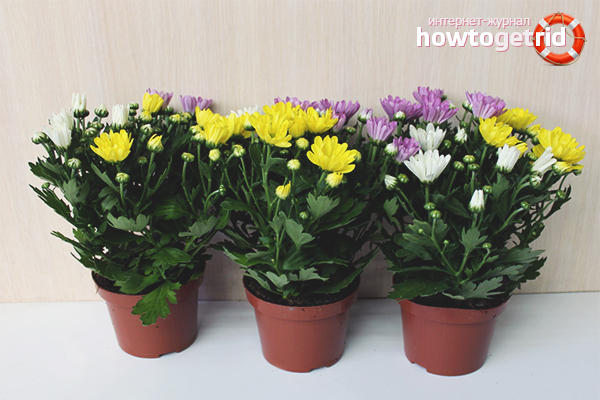
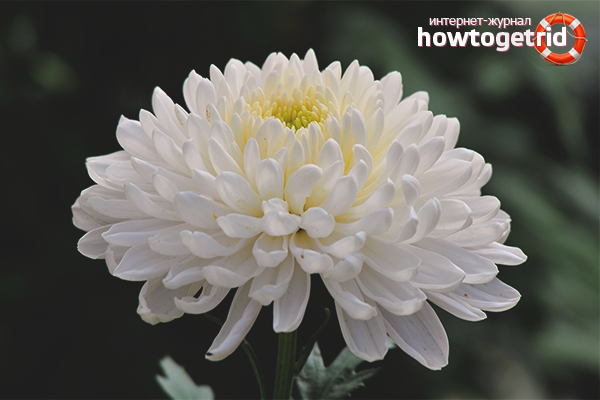
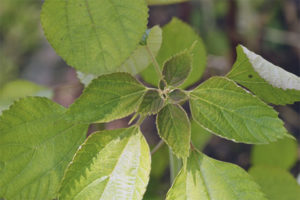


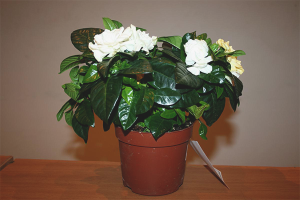
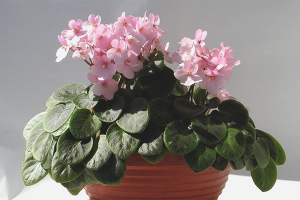



Submit